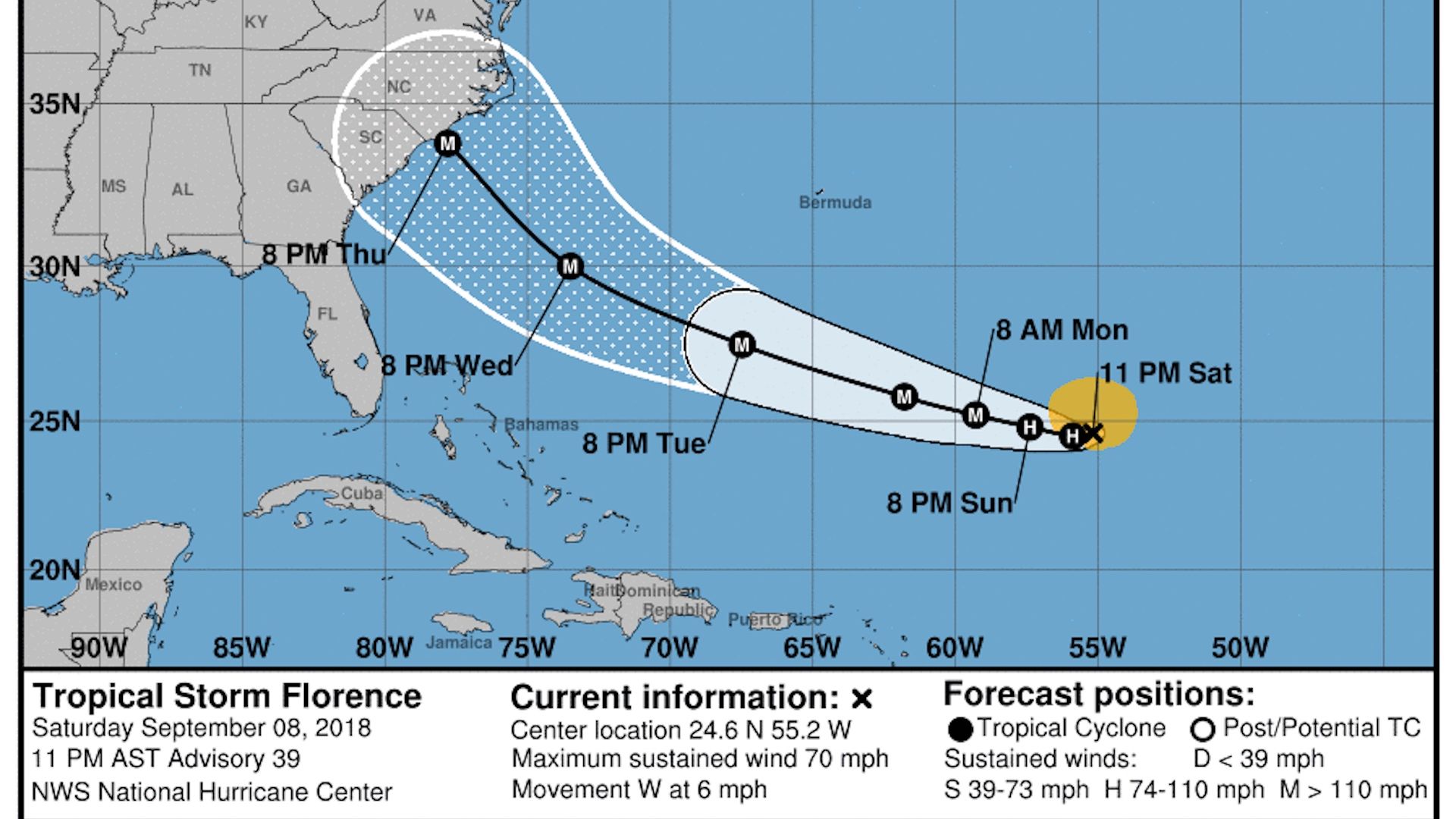
Given the proximity of the genesis points to the land, these hurricanes do not have the time to gather energy, but have high probability of landfall. Group IV: The genesis of these hurricanes are near the Gulf-of-Mexico. Tropical Cyclone Track Forecast Cone:This graphic shows areas under tropical storm and hurricane watches and warnings, the current position of the center of. Tracking the path of potential storm Alex Current satellite Current radar Watches and warnings European model forecast winds American model forecast. Their trajectories typically curve up, and hardly make landfalls Group III: The genesis of these hurricanes are further from the Equator, and they are not very strong. The trajectory of these hurricanes are typically straight paths towards Florida and Gulf. Group II: Similar to the previous group, the genesis points of these hurricanes are near to the equator as well - but more towards the west. These hurricanes have the time to gather energy over warm waters, and they usually curve up. Group I: Hurricanes that originate in the East Atlantic near to the equator are categorized under Group I. The width of the cone is determined by considering historical forecast errors over a five year sample. In order to account for the climatology, we will cluster the hurricanes into four groups. The center line represents the predicted hurricane track. The climatology (genesis points, sea surface temperature, energy, etc) determine the trajectory of hurricanes and the probability of making the landfall. In this article, let’s explore how we can leverage the power of deep learning to develop a storm track prediction model using LSTMS. Predicting storm tracks and landfall locations is challenging, and the graphic below illustrates the uncertainty associated with these model predictions. These data intensive numerical models attempt to model meso-scale weather patterns, and are computationally expensive. The European Center for Medium Range Weather Forecast (ECMWF)model and National Weather Service’s Global Forecast System (GFS) models are widely used in predicting storm tracks. Accurate prediction of frequency, severity, and landfall locations are all important for mitigating the risk from these costly disasters.

In year 2017, there were record number of hurricanes including Harvey, Maria, and Irma with damages exceeding $300 billion. During this period, the warm waters in the Atlantic give birth to tropical cyclones, and few of these tropical cyclones end up making landfall causing major casualties and loss of property. Every year, the time window between June 1 and November 30 signifies the North Atlantic Hurricane season.


 0 kommentar(er)
0 kommentar(er)
